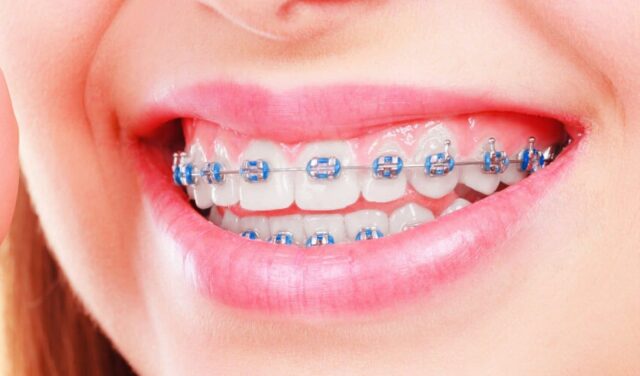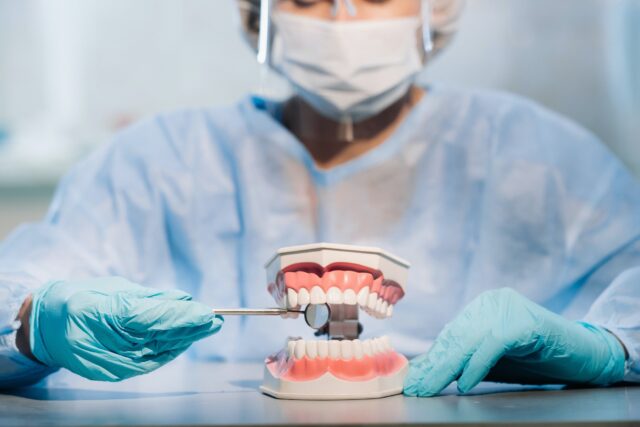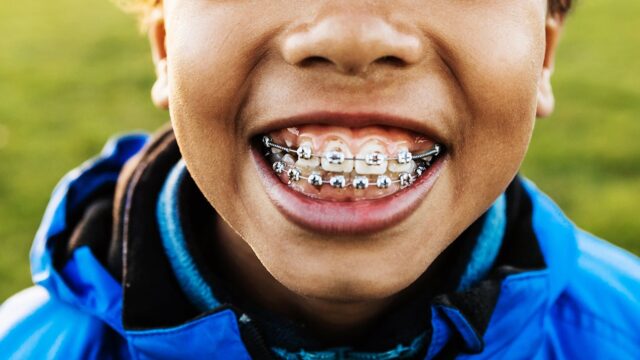
When you need braces, the total cost can put a strain on your wallet. Your dental insurance might take care of some of this, but you’ll still have to pay for the rest out of your own pocket. Information given below will help you understand what your policy covers and how it compares to the actual costs of braces and other orthodontic services.
Dental insurance typically covers the total cost of braces, including both the initial set of braces and any subsequent adjustments or replacements.
In some cases, the policy may also cover associated dental services such as cleanings and x-rays. Coverage can differ from plan to plan, so be sure to ask your insurer about specific details before getting braces.
Common Types of Braces
Dental insurance coverage for braces can vary depending on the plan and provider. In general, most dental insurance plans will cover the cost of braces for children ages 3 to 18, though some may have restrictions related to the type of braces or how many teeth they cover.
Some plans may also include a discount on other dental services, such as bridges or implants. For adults, braces are typically not covered by most dental insurance plans. However, some private health insurance companies may offer limited coverage if it is prescribed by a dentist.
How Many Brackets Go on A Brace?

Dental insurance policies vary in coverage for braces, but typically the policy will cover part or all of the cost of the braces. The amount that is covered will depend on the plan and your specific situation. It is important to check with your insurer to find out what is covered.
Benefits of Braces:
Dental braces are a type of orthodontic treatment that can help correct teeth alignment. There are several different types of braces, and each has its own set of benefits and drawbacks. Here are some of the most common benefits of braces:
- Improved chewing and speaking skills. Braces help align teeth in a way that makes them easier to chew and speak correctly.
- Better dental hygiene. With properly aligned teeth, it’s easier to brush and floss properly, which leads to improved dental hygiene overall.
- Reduced tooth decay and gum disease. Braces can help correct misalignment, which can prevent tooth decay and gum problems in the long run.
- Increased confidence. Many people find that they feel more confident when their teeth are correctly aligned and look nicer too!
Disadvantages of Getting Dental Insurance

There are some potential disadvantages to getting dental insurance. The first is that the coverage may be limited to just general dental work, such as tooth extractions and fillings.
It may not include treatments such as braces or implants, which can be more expensive. Additionally, some policies only cover a certain number of visits per year, so if you need more than that, you may have to pay out-of-pocket. Finally, some plans may have exclusions for specific types of treatment, such as braces or crowns.
Invisalign vs Braces:
Dental insurance coverage for braces can differ a lot, depending on the plan and your specific needs. For example, some programs may only cover a portion of the cost, while others may fully cover the cost. Some plans may also require you to use their specific provider.
If you’re not sure whether your dental insurance covers braces, talk to your provider or call the insurer’s customer service number. They will be able to help you figure out what you need to do in order to get coverage.
What Is Dental Insurance?
Dental insurance can provide coverage for braces, dentures, and other dental procedures. Coverage may vary depending on the plan, but most plans generally cover at least the cost of braces and dentures.
In addition to covering the costs associated with dental care, insurance may also offer other benefits, such as emergency coverage or free screenings. Some plans also have caps on how much they will pay out for certain dental procedures.
How Much Does a Procedure Cost?

Dental insurance can cover a majority of the cost of braces, depending on the plan. Many plans will cover 80-90% of the total cost, which includes both the initial consultation and braces.
Some plans may also cover ongoing treatment, such as visits to the dentist and treatment for misaligned teeth. Keep in mind that some dental coverage may not include braces, so it is important to check with your policy before making any decisions.
How to Get Dental Insurance for Braces?
Many people are unaware that dental insurance for braces may cover the complete cost of braces. Make sure to ask your insurer if this is the case before making any purchase.
If coverage is available, be sure to find out what types of braces are covered and what the policy limits are. Generally, dental insurance policies will cover the cost of all necessary treatments, including brackets, wires, and braces. In some cases, certain types of braces (e.g., single- or dual-layered) may be more expensive to cover than others.
Keep in mind that some policies may have limits on coverage for specific procedures, such as orthodontic work on the front teeth or extractions. Always consult with your insurer prior to starting treatment, so you’re aware of any potential expenses involved.
Conclusion
Dental insurance usually covers braces for the full cost, but there are some exclusions. Make sure to ask your dentist about what is covered and what isn’t, and be sure to have all of your paperwork ready in case there are any questions.

You can also explore online resources like the braces guide to find out more about dental insurance coverage for braces.












